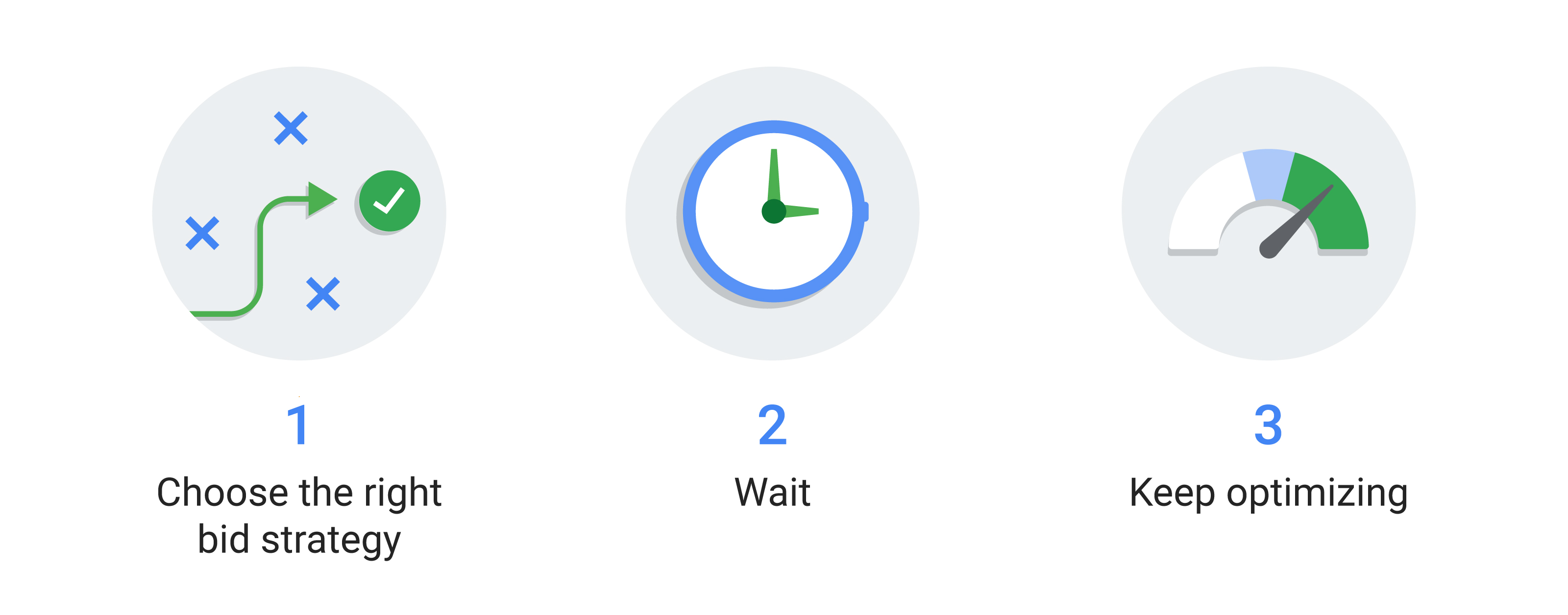Navigating Business Challenges: The Essence of Risk Management and Resilience
Introduction
In the ever-evolving landscape of business, uncertainty is a constant factor. To thrive in such an environment, companies must not only identify potential risks but also develop the ability to bounce back from setbacks. This dual approach of risk management and resilience forms a crucial foundation for sustaining business success. This article explores the significance of risk management and resilience, shedding light on their interconnectedness and the benefits they offer.
Understanding Risk Management
- Risk Identification: The first step in risk management is identifying potential threats, whether they arise from economic fluctuations, market shifts, regulatory changes, cybersecurity breaches, or natural disasters.
- Risk Assessment: Once identified, risks are assessed for their potential impact and likelihood. This evaluation helps prioritize risks and allocate resources accordingly.
- Risk Mitigation: Strategies are developed to mitigate or reduce the impact of identified risks. This might involve implementing preventive measures, setting up contingency plans, or diversifying

